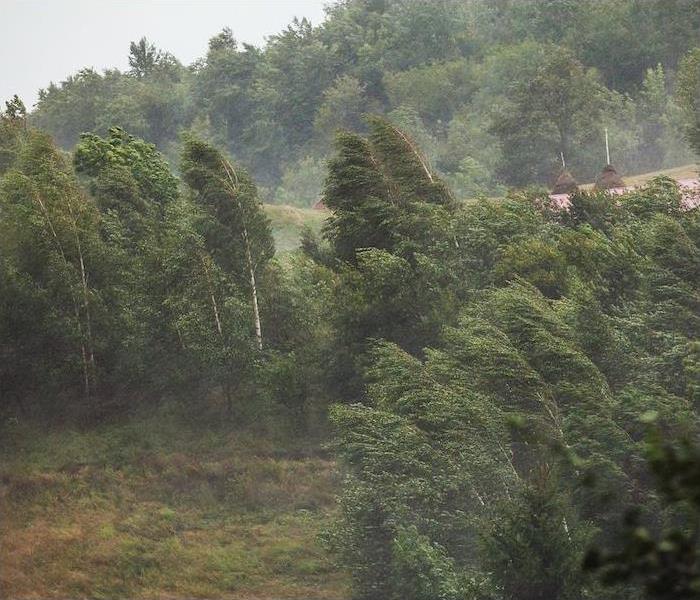Prepare Your Home for Extreme Winds | SERVPRO® of Harlingen/San Benito
6/9/2023 (Permalink)
 If you've suffered from storm-related damage to your home or business, make SERVPRO of Harlingen/San Benito your first call.
If you've suffered from storm-related damage to your home or business, make SERVPRO of Harlingen/San Benito your first call.
The wind is one of those things that we all know exists, even though we can’t touch or control it. A cool breeze on a hot day can feel like a sweet gift, cooling you to the core and helping you catch your breath. Strong winds, however, can quickly become a nightmare.
Strong winds are almost always associated with severe weather, but gusts of winds can pick up and cause damage even when the skies are blue. Strong winds can be devastating, leaving your life feeling like a mess.
The more you get to know about wind and what it can do, the better prepared you can be for those times when things get rough.
Most of the time when damaging winds are reported, it is in conjunction with thunderstorms. More wind damage is reported nationwide from thunderstorms than tornadoes, making these storms something we should always pay attention to.
There are quite a few different threats that can come along with thunderstorms, but typical wind gusts can reach close to 60 miles per hour. When the wind gets that strong, loose debris will be thrown around yards quickly.
Thunderstorms are common in Harlingen, and they often become severe and include strong winds. Our location in Texas also means we can be vulnerable to tropical storm strength winds and even hurricane strength winds. Damaging wind is something we all need to be prepared for.
One particularly damaging kind of wind is called “straight-line wind.” These winds refer to any kind of strong wind that is not associated with rotation. Straight-line winds can reach up to 100 miles per hour, and can reach far beyond the center of a storm, which means damages can be seen in areas that didn’t see any rain.
Tornadoes also come with a variety of severe threats, including several different kinds of damaging winds.
Straight-line winds, downdrafts, and both micro- and macro-bursts are common kinds of winds that come along with a tornado. These kinds of winds can take out a forest of trees in an instant, and leave a path of destruction everywhere they go.
The most common kind of damage that results from strong winds include downed trees, projectile debris and power-line damage. Even a non-permanent structure that is anchored down can be blown over when winds reach 80 miles per hour.
A great first step to protecting your home and your family is getting to know the different weather alerts associated with high winds. Take the time to secure loose objects outside of your home as well, including patio furniture, trash cans and gardening supplies, in order to prevent as much debris damage as possible.
Trim trees in your yard regularly, and for any large trees, consider professional maintenance every five to 10 years in order to lower the risk of downed trees. Keep your yard clear of small objects like tree limbs or anything else that could take flight when wind gets strong.
Make sure you have a safe space in your home where you can shelter when strong wind warnings are issued. You may also want to close your hurricane shutters if you have them on your windows, or consider having them installed if you don’t.
After a storm has moved through and it is safe to head outside, walk your property and look for damage. Call SERVPRO right away if you spot any, and tackle roof or gutter issues as quickly as you can safely do to prevent water damage.
Has your home been damaged by wind? Call us and get things cleaned up fast.






 24/7 Emergency Service
24/7 Emergency Service